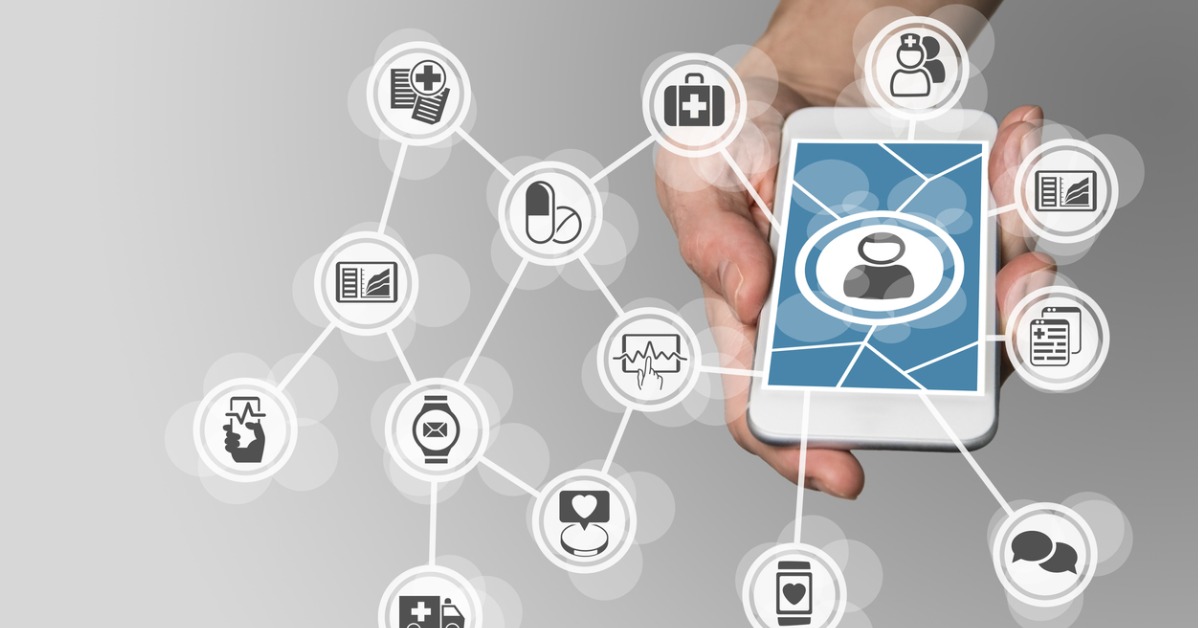
02 Mar How Telehealth is Transforming Mental Health Treatment
Access to behavioral health therapy is quite different now compared to the way clients accessed sessions a few years ago. Telehealth is becoming an important part of mental health treatment, but it’s not as simple as signing on to an online Skype session or Google Hangout. Rather, today’s technology is an integrated collaboration between traditional in-office sessions with an added telehealth integration.
According to Global Market Insights, the telehealth market in the United States was valued at more than $38 billion in 2018 with projections to exceed $64 billion by 2025. Part of this incredible growth is due to the rising geriatric population and a growing demand for healthcare services in remote areas.
Technology is currently empowering and transforming the behavioral health space. For example, some electronic health records vendors offer integrated telemed services to providers as a way of expanding their services to clients who may otherwise go without care.
Benefits of Telehealth Technology
Telehealth isn’t meant to replace traditional healthcare services, rather the technology is used by medical professionals as a supplement to office visits. Convenience is one of the main benefits as this technology is accessible from anywhere there is an internet connection using a smartphone, tablet or computer.
Telehealth reaches clients with limited access to certain healthcare services including:
- Rural clients living in remote areas
- Limited mobility clients living at home
- Geriatric clients living in nursing homes
- Clients with a substance use disorder
- Clients in certain outpatient clinical care facilities
Overview of Telehealth in Behavioral Health
In behavioral health, telehealth provides several benefits. One benefit is ready access to care in more rural areas or areas where healthcare providers aren’t readily available. The other main benefit is the ability to offer easy access to a specialist, such as a provider who is well-known for treating early onset depression, or a child psychiatrist in regions where none exist.
Oftentimes, even in cities or suburbs, there isn’t enough access to specialized care. Sometimes there will be psychologists or social workers, but few or no psychiatrists. Other times, there is a psychiatrist practicing in the area but they are only available for one or two days a week and can’t keep up with the high demand for their services.
In-Person or Virtual Office Visits
A substance use client using an app to meet with their therapist from the comfort of home is a typical telehealth scenario. But, the flexibility of the technology gives clients the option to do some sessions in the providers office and some sessions on a virtual basis. One of the first questions to answer when researching various technology solutions is – does your practice normally meet with clients in the office, or do you mainly work with clients doing their sessions remotely from home? This question is important because there are two sides when it comes to telehealth.
One scenario is the virtual office with clients on their iPhone scheduling their own appointments. Access to a virtual office lets a client schedule an appointment for a telehealth session via an app on their iPad, laptop or cellphone. The provider even has the option to send the client a questionnaire or survey to fill out before the start of the session. The self-assessment comes back to the provider and directly integrates with the client’s EHR medical chart.
The other scenario in behavioral health is clients with severe or persistent mental illness. In this instance, there is always someone with the client during their appointments. A primary care provider could be in the middle of a session with a client when he decides to reach out to a mental health provider. But, if the psychologist or psychiatrist is out of the office, or works in another location, the client would have to schedule a new appointment to meet with the specialist. With telehealth, the primary care doctor uses a PC or tablet to immediately consult with another provider, improving time management efficiency for the healthcare practice and quality of care for the client.
Improved Efficiency for Today’s Healthcare Practice
Technology helps providers coordinate care, expedites the documentation process and increases the number of sessions a busy practice can complete daily. While it’s not difficult to set up a video connection with audio, the real problem is finding a communications solution that seamlessly integrates with your electronic health records systems.
Advances in technology have allowed telehealth to emerge from being a niche service to a more widely accepted, mainstream offering. An EHR with a telehealth module helps your practice manage both the financial and clinical sides of the business, letting you maintain the continuity of care for your clients.



Sorry, the comment form is closed at this time.